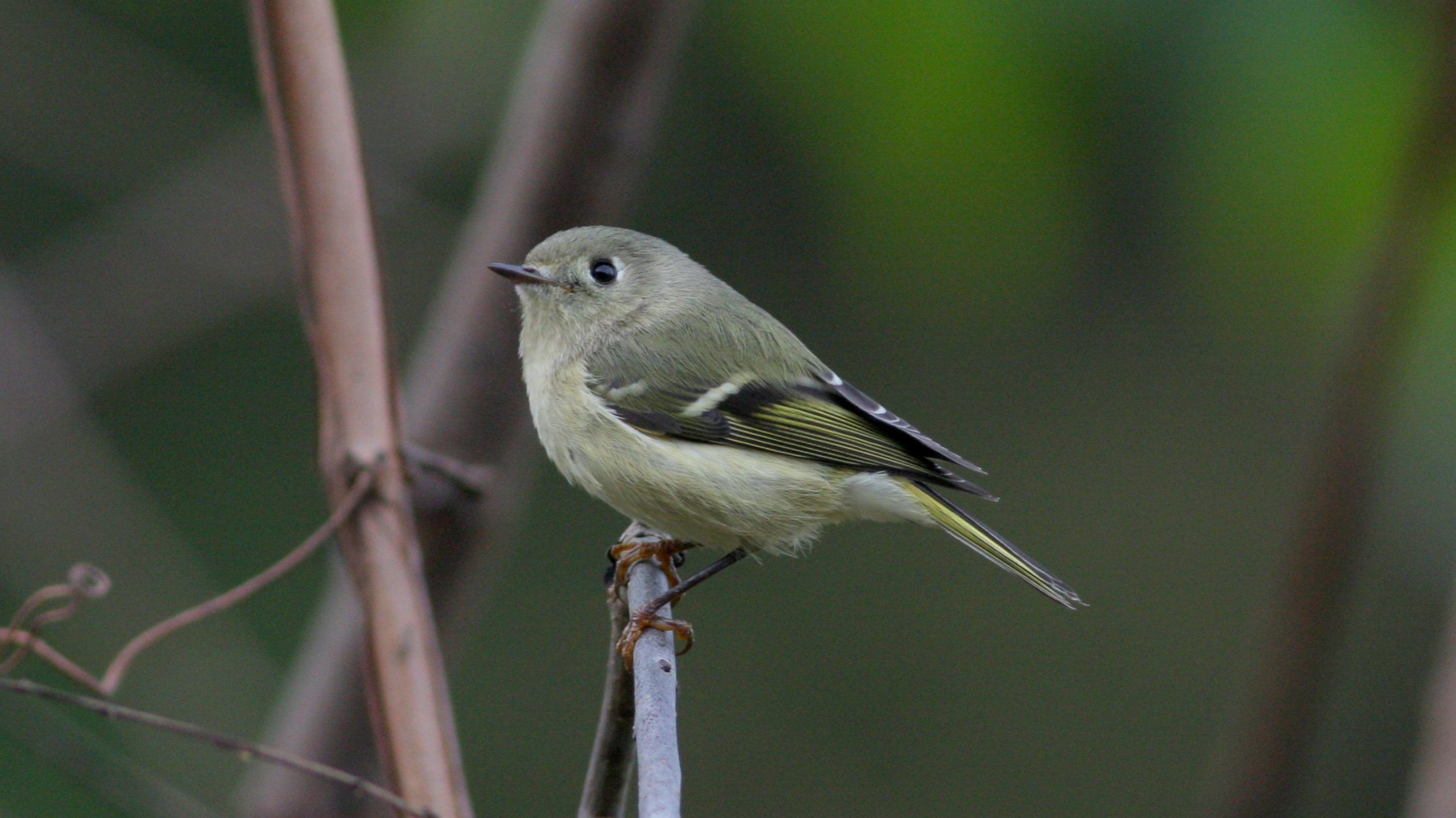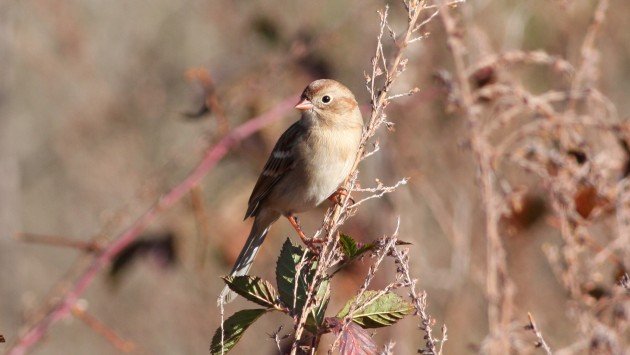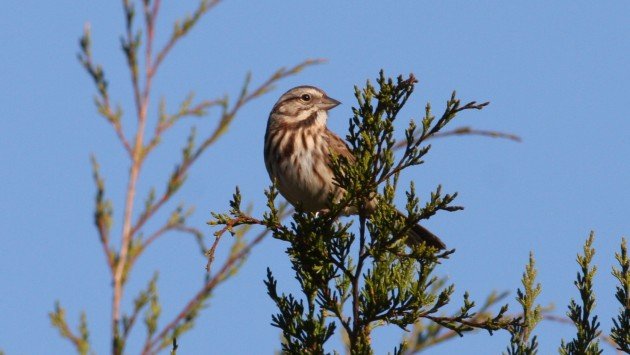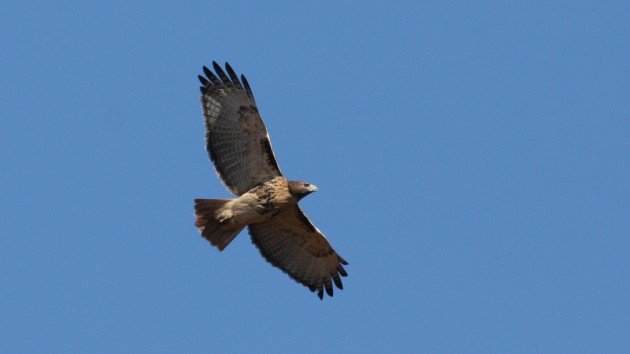
A birder’s patch is an extension of themselves. It says something about who they want to be, what they want to see regularly, how seriously they take this birding hobby. For a birder, finding a patch is akin to finding a part of their soul. It is the closest thing many of us get to accomplishing the true hero’s journey. It is the most important thing you can possible do while carrying binoculars.
Or it’s simply a matter of finding a place to bird when you’ve got nowhere better to go.
I’ve written before about by ongoing quest to find a new patch in new home of Greensboro, North Carolina, and my more or less failed attempt thus far in turning up anything of note. And lest you think my allusion to Joseph Campbell’s great monomyth is hyperbole, well, let’s just say you’ve never attempted to find that perfect location that meets all characteristics, both reasonable and non, that make up the perfect birder patch. I have met with trials and tribulations, friends. I have been tempted by sorcerers and goddesses and I have sought the council of wizened men with Guilford County lists in the 200s. And I have come out of this journey transformed. Because I have found my patch. Or rather, it found me.
Price Park, on of Greensboro’s many city parks, is not more than 10 minutes from my house. On my first visit there I stepped out of my car to the deafening roar of a couple hundred American Robins devouring the Red Cedar berries along the entrance road. Sure, they were all one species, but the place was immediately birdy.
I wandered around a large field as the sun crept onto the grasses and saw a bunch of sparrows. White-throateds of course, but also Song, Field, Dark-eyed Juncos, Eastern Towhees, and a couple Chipping Sparrows. Again, common and expected, but very birdy.
 There are more Field Sparrows than one can possibly need to see. Which, let’s be honest, is a lot.
There are more Field Sparrows than one can possibly need to see. Which, let’s be honest, is a lot.
This place immediately felt right. There are more trails than I can plausibly wander in on morning’s birding, offering different looks at different habitats. Yesterday morning I took one that ran along a dense blackberry grove where I found my county first Fox Sparrow. Not too bad. More than fields, there are forests too, and a small pond that had yet to produce anything for me but it’s only a matter of time.
 Song Sparrows are thick here. They may be thick everywhere, but there are a lot of them here.
Song Sparrows are thick here. They may be thick everywhere, but there are a lot of them here.
So there is good diversity of habitat. So the place is birdy. So the potential for local rarities is high. But there are other things too. The multitude of trails means I can spend a lot of time here or a little depending on my schedule. There’s a public library nearby so bathrooms are convenient. There aren’t that meany people, and even fewer dogs. In my two visits here, I’ve seen a grand total of 7 people on the trails. I can remember all of them. So the birding is good and it is not often interrupted. These are all very exciting things.
But maybe best of all is that the old-timer birders of Guilford County, of which there are a few in number but very high in quality, do not seem to bird here regularly. They have their own sites, their own patches, ones they’ve covered for decades. This one is all mine.
 Open country means raptors fly over regularly, like this big female Red-tailed Hawk I saw yesterday. Not shown are the Blue Jays escorting here away from the area.
Open country means raptors fly over regularly, like this big female Red-tailed Hawk I saw yesterday. Not shown are the Blue Jays escorting here away from the area.
So this move to Greensboro is suddenly getting very exciting. I’ve got my patch. Now to lay down some roots.













Congrats on locating your patch. Since I constantly move every few months, I feel like it has been a very long time since I had a proper patch…alas, I am but a birder with a thousand faces.
Yes, congratulations! This is exciting news. The absence of dogs is very significant, and I hope that continues. Any patch with multitudes of Field Sparrows has to be good.
Having your own patch is key. I actually have several, depending on if I am going to work or staying near home. My favorite lately, though, is my balcony. Someday I will get my yard list to up to 100 species!
Agreed that finding a local patch is one of the most important aspects of establishing a birder’s identity. After moving to Pittsburgh, it took me awhile to claim a local patch because I spent most of my birding time seeking out local birds I’d still never seen. Having found most of them now, I regularly bird the local park that’s a ten minute walk from my house.
I’d like to add that the pleasure of birding a patch is that it shifts our focus in the field from finding rarities to other noble goals, like documenting fluctuating population numbers and even acquainting ourselves with individual birds. Can you recognize the difference between the songs of two local song sparrows? I still can’t, but I hope to in the future.
I need to get a local patch. Our community park down the street is way too bare. The section of American River Parkway near my house is too well birded to really be mine. I’ll just have to look harder.
I’ll add to the chorus affirming the value of a local patch. For me, the spot I spend warm lunch hours in downtown Chicago offers me a chance to chart the seasons by keeping a running list of what birds I see there and when. It’s a place to park myself in relative comfort for long stretches of time and get to learn more about the different species that pass through or stay, from their behavior to their calls to their preferred food sources and perching spots. It also offers the opportunity to see migrating birds one wouldn’t otherwise expect in an urban setting; for example, regulars at another patch downtown spotted a Black-throated Blue Warbler in the dead of winter a few years back. Makes you wonder how many special birds are all around us, but unknown if there is nobody who cares to notice them!
My patch- a small park ( <7 acres) in Miami Beach called Pinetree Park. Have reached 100 species this year (not on the ocean!). Mostly good for woodland and migrant/winter birds. Got a lifer this fall- olive-sided flycatcher- which is not usually in this area. It is hosting 2 magnolia and 2 (one a really bright male) Cape Mays, and possibly still a Nashville- didn't see it this week though…. These are probably all winterers- along with female redstart, several parulas, black-throated blue, two painted and one indigo, and several others. The abundance of large strangler figs and other native trees are very attractive to the birds.